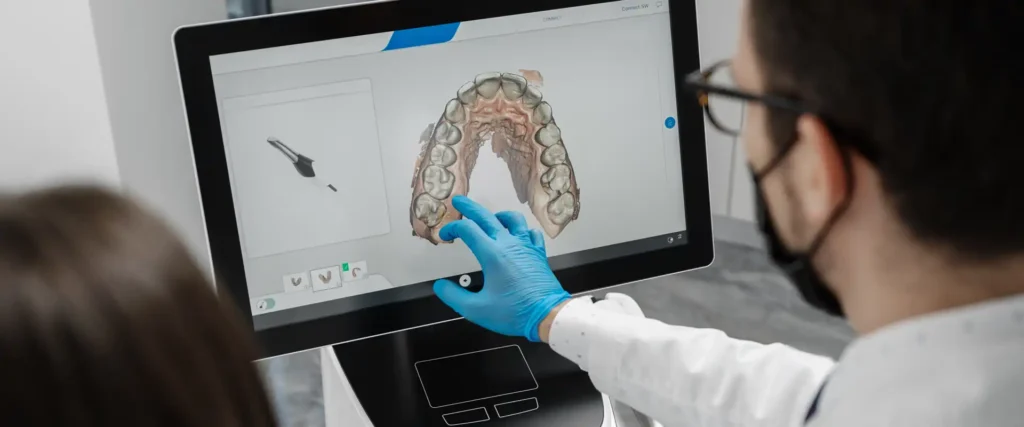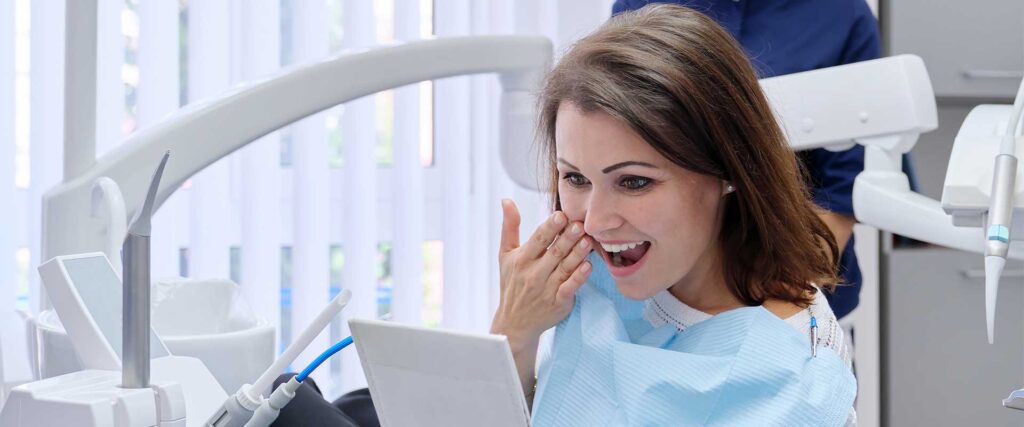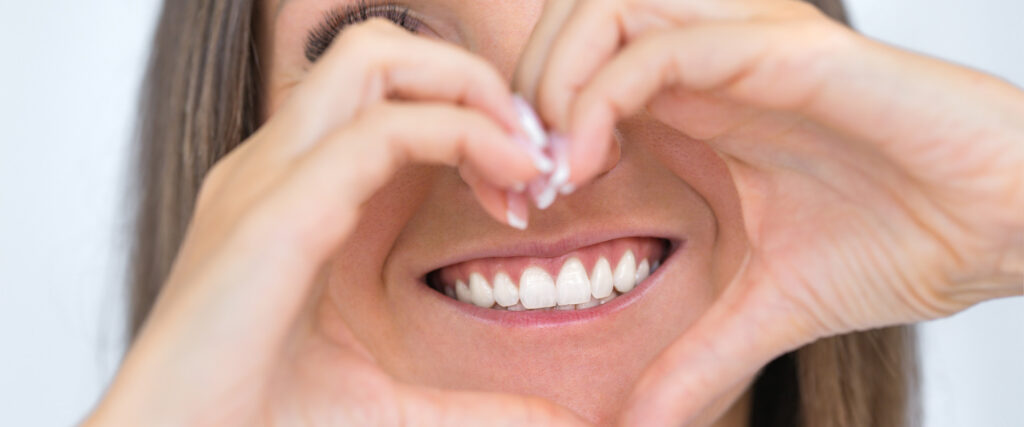Good oral hygiene is more important than ever when undergoing orthodontic treatment with braces. The wrong toothbrush can leave plaque, debris, and bacteria trapped around brackets and wires, leading to cavities, gum disease, or staining. Here’s a guide to help you choose the best toothbrush for braces and why it matters.
Why Oral Hygiene Is Crucial with Braces
Braces create many small nooks and wires where food particles and plaque can accumulate. Failing to remove this buildup increases the risk of enamel demineralization, gingivitis, and staining around brackets.
Maintaining consistent, thorough brushing preserves both your oral health and the aesthetic results of your orthodontic treatment. Proper hygiene also minimizes appointment delays due to excess buildup, helping your treatment stay on track.
Manual vs. Electric Toothbrushes for Braces
Both manual and electric toothbrushes can be effective with braces, but each has pros and cons:
Manual Toothbrushes
Manual toothbrushes are affordable and accessible. A soft-bristled model with a compact head lets you maneuver carefully around wires and brackets. However, it can be harder to maintain technique and pressure consistently.
Electric Toothbrushes
Electric toothbrushes, especially oscillating-rotating or sonic models, offer remarkably consistent power and timing, making it easier to remove plaque effectively. Many have built-in timers to ensure you brush for a full two minutes. The downside is that they cost more, and you need to monitor pressure to avoid damage to brackets or gums.
For heavy buildup or complex bracket designs (like ceramic or lingual braces), electric toothbrushes often provide deeper cleaning. For patients with less complex cases or budget concerns, a well-designed manual toothbrush still works very well.
Features to Look for in a Toothbrush for Braces
When choosing a toothbrush, focus on these features:
- Soft or ultra-soft bristles reduce irritation to gums and prevent bracket damage.
- Compact head helps access hard-to-reach areas around wires and molars.
- Angled bristles or V-cut bristles designed to clean beneath wires effectively.
- Pressure sensors on electric models warn against brushing too hard—important to protect enamel and brackets.
Best Brands for Braces-Friendly Toothbrushes
These brands offer braces-compatible toothbrushes:
- Oral-B Pro 3000 or 5000 – Oscillating-rotating models with pressure sensors and soft brush heads.
- Philips Sonicare ProtectiveClean – Sonic motion helps sweep plaque from around brackets gently.
- Curaprox CS Braces Toothbrush – Manual brush with ultra-soft bristles and V-cut head.
- GUM Orthodontic toothbrushes – Both manual and battery-powered versions designed with wire-cleaning bristle patterns.
Additional Oral Hygiene Tools You Should Use
Brushing alone isn’t enough with braces. Consider:
- Interdental brushes (proxy brushes) to clean between wires and under brackets.
- Water flossers (e.g., Waterpik) help flush food particles and plaque from gum lines and around wires.
- Orthodontic flossers or floss threaders allow traditional flossing between teeth and brackets.
- Fluoride mouthwash or gels to strengthen enamel and help prevent white spots.
Brushing Tips for People with Braces
Brush at least two to three times a day, especially after meals. When brushing your teeth, you want to angle your toothbrush 45 degrees toward the gum line, brushing above and below brackets gently. Additionally:
- Spend at least 30 seconds per quadrant, covering all surfaces (outer, inner, and chewing).
- Flip the brush to clean chewing surfaces.
- Rinse thoroughly and inspect braces using a mirror, any visible debris should be removed with an interdental brush.
- Replace toothbrush heads or brushes regularly.
When to Replace Your Toothbrush
Manual toothbrushes should be replaced every 2–3 months or when bristles fray. Electric brush heads should be replaced every 3 months or sooner if they lose shape.
Replace your toothbrush or electric brush head sooner if you’ve been sick to avoid spreading illness. Fresh bristles help ensure effective cleaning.
Schedule a Consultation with GNW Orthodontics
Your oral hygiene routine plays a vital role in the success of your orthodontic treatment. Whether you have metal braces, ceramic braces, or Invisalign clear aligners, selecting the right toothbrush and care tools helps protect your investment and smile.
To discuss your treatment options, hygiene techniques, or to explore our full orthodontic services, visit our types of braces page or book a new patient consultation. You can also explore answers to common questions in our orthodontic FAQs.
Let us help you maintain a healthy, beautiful smile while in braces. Contact Greater Northwest Orthodontics today to schedule your appointment and get personalized guidance on brushing, flossing, and care during orthodontic treatment.






